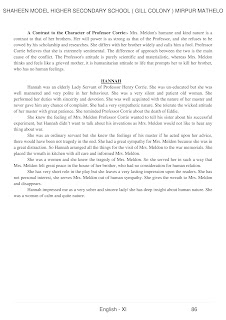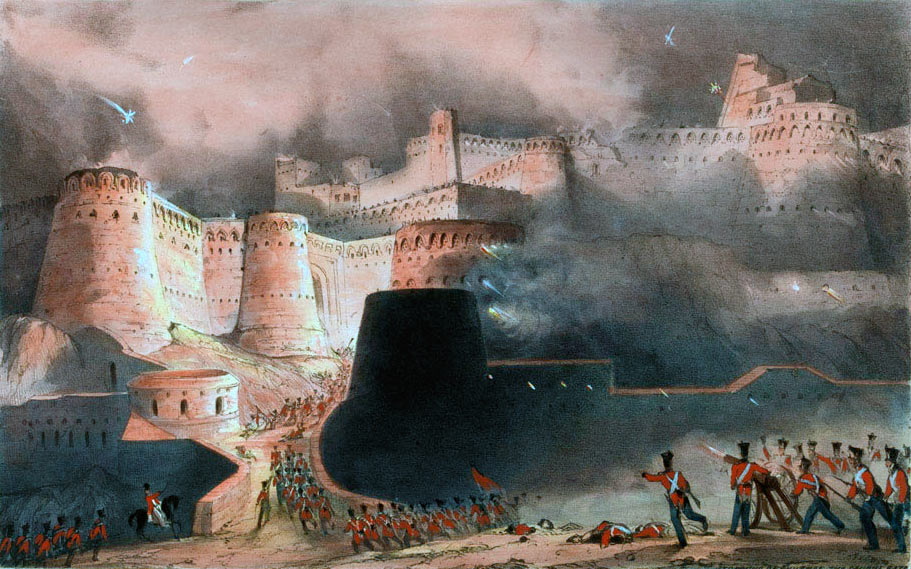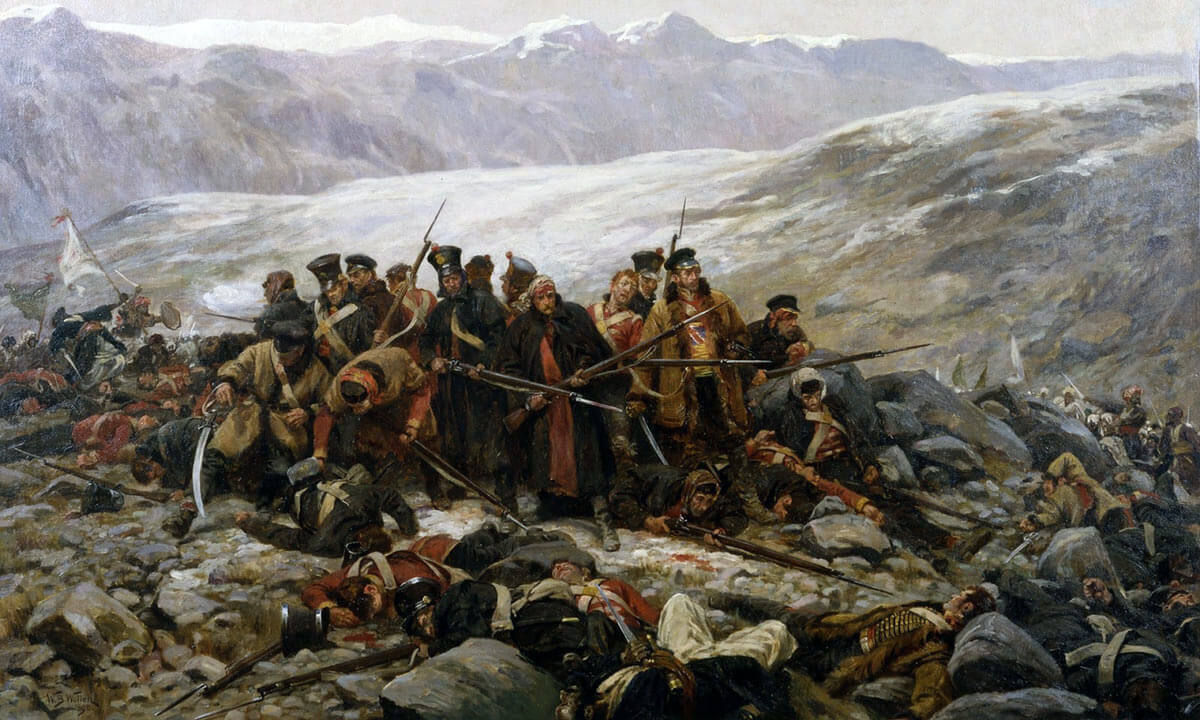"عجب چیز ہے لذت آ شنائی"
*جب ہم زمین پر سجدہ کرتے ہیں تو بمشکل تین تسبیحات پوری کرتے ہیں اور سر اٹھا لیتے ہیں*
اس سے نماز تو ہو جاتی ہے مگر رب سے آشنائی نہیں ہوتی ـ
ہم نماز میں آٹو پہ لگے ہوتے ہیں
ہم خود نہ جھکتے ہیں
اور نہ اٹھتے ہیں ،
ہم اس دوران کہیں اور مصروف ہوتے ہیں
جیسے پائیلٹ جہاز کو آٹو پائیلٹ پر لگا کر خود سواریوں سے دعاء سلام کر رہا ہوتا ھے ـ
یعنی ہم رکوع کو رکوع سمجھ کر ، سجدے کو سجدہ سمجھ کر اور قیام کو واقعی رب العالمین کے سامنے فرمانبرداری سمجھ کر کھڑے نہیں ہوتے بلکہ ہماری کیفیت ٹھیک اس کھلونے کی طرح ہوتی ہے، جس میں سیل ڈال دیئے گئے ہوں اور بٹن آن کر دیا گیا ہو تو وہ خود بخود اوپر نیچے دائیں بائیں لڑھکتا پھرتا ہے ،
آپ جب کوئی میموری کارڈ کسی ڈیوائس میں ڈالتے ہیں تو وہ ڈیوائس پہلے اس میموری کارڈ کا جائزہ لیتی ھے اس کو پڑھتی اور Recognize کرتی ہے ،
پھر پوچھتی ہے کہ اس میموری کارڈ کی حقیقت یہ ہے کہ اس میں فلاں فلاں چیز ہے ،فلاں فلاں فولڈر ہے ،
اس کی اتنی سپیس استعمال ہو چکی ہے اور اتنی باقی ہے ،
پھر وہ آپ کو بتاتی ہے کہ سرکار آپ جو مواد اس پر کاپی کرنا چاہتے ہیں وہ کاپی نہیں ھو سکتا کیونکہ اس کارڈ میں جگہ کم ہے جبکہ مواد کا حجم زیادہ ہے ،
آپ کچھ مواد ڈیلیٹ کر کے مناسب جگہ بنائیں ـ
ہم جب سجدہ کرتے ہیں تو زمین اس ماتھے کو ریڈ کرتی ھے اور Recognize کرتی ھے ،
اس پراسس میں کچھ دیر لگتی ہے ، زمین سادا ہو تو جبیں کو پہچاننے میں تھوڑا وقت لگتا ہے ،
مصلا اور قالین جتنا موٹا ہوگا جبیں کو زمین سے رابطہ کرنے میں اتنی ہی زیادہ دیر لگتی ھے
ہم جبیں کو ماتھا ریڈ کرنے سے پہلے ہی اٹھا لیتے ہیں یوں جیسے جاتے ہیں ویسے آ جاتے ہیں نہ کچھ ڈیلیٹ ھوتا ھے اور نہ ہی کچھ کاپی پیسٹ ھوتا ھے
الله تعالیٰ کے قدموں میں سر ہو اور کچھ لئے بغیر اٹھ کر گھر آ جاؤ تو پھر محرومی ہی محرومی ہےـ
کم از کم پانچ سات بار کی تسبیح کے بعد ہی آپ دنیا کی ٹرانس سے نکل کر مینوئل پر آئیں گے ـ
اور آپ کو اپنی کیفیت کا اندازہ ہو گا کہ آپ اس وقت کس پوزیشن میں ہیں ،
ہاتھ کہاں ہیں ؟
ماتھا کہاں ہے ؟
گھٹنے اور پاؤں کہاں ہیں ؟
جو جو چیز آپ کو یاد آتی جائے گی سمجھ لیں کہ وہ وہ چیز حقیقت میں recognize ہو رہی ہے ،
اس کے بعد اب تسبیح کے الفاظ دوہرائیں دو سجدوں کے درمیان کی دعاء اگر یاد نہ ہو تو اپنی زبان میں پڑھ لیں ،
اے الله تعالیٰ مجھے معاف فرما دے ،
اور مجھ پر رحم فرما ،
اور مجھے ہدایت دے دے،
اور مجھے عافیت عطاء فرما ،
اور مجھے رزق عطاء فرما اور میرے دکھوں پر مرہم پٹی کر دے ـ
اللھم اغفر لی وارحمنی واھدنی وعافنی وارزقنی واجبُرنی ،،
رزق کا وسیع مفہوم بھی ذہن میں رکھیں کہ اس میں گندم اور چاول ہی نہیں بلکہ مال ، اولاد ، صحت ، بصارت ،سماعت اور خوشیاں سب شامل ہیں۔
اب آپ دوسرے سجدے کے لئے پک چکے ہیں ،
پہلے سجدے میں اسپیس بنی تھی دوسرے سجدے میں اس دعاء کو پیسٹ کر دیں ،
صرف دو رکعتوں کے بعد ہی آپ اپنا وزن خود محسوس کرنا شروع کر دیں گے ، آ پ کو
اپنا آپ کبھی خالی خالی محسوس نہیں ہو گا ،
اور اب آپ کو اگلی نماز کا انتظار رہے گا ـ
کیونکہ نماز میں ثواب کے ساتھ حلاوت بھی محسوس ہوتی ہوگی
اور یہی حلاوت لذتِ آشنائی کہلاتی ہے۔۔..










